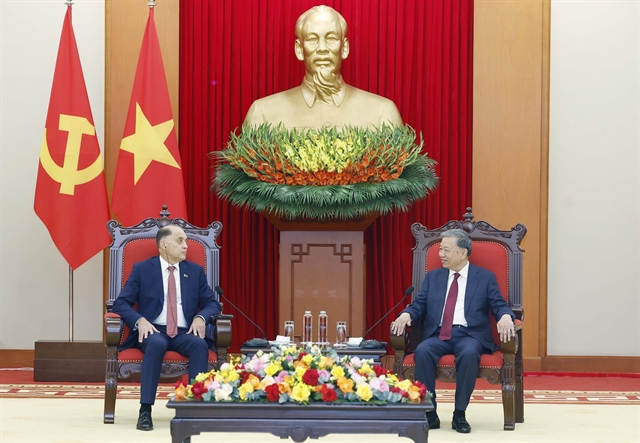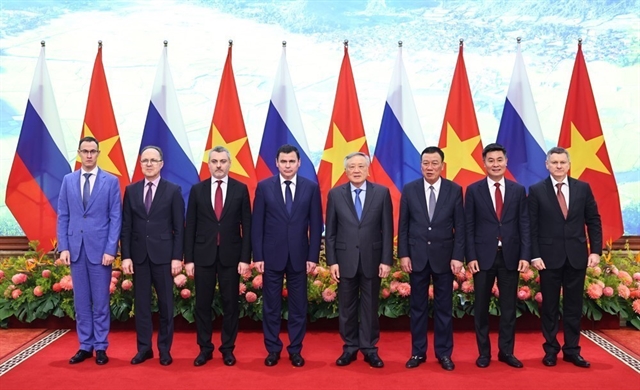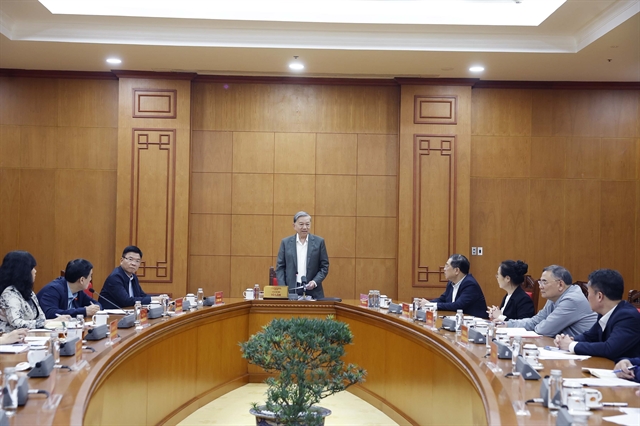 Environment
Environment
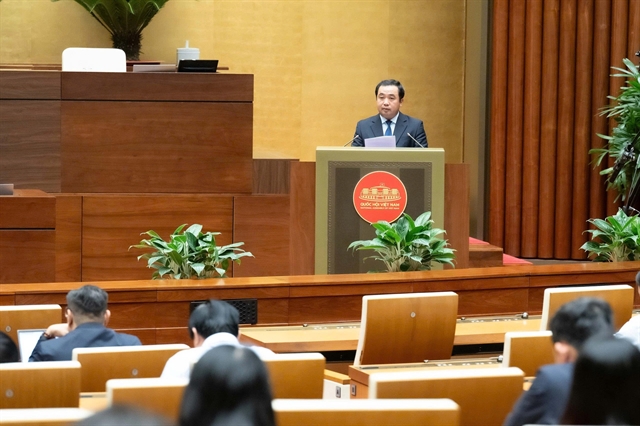
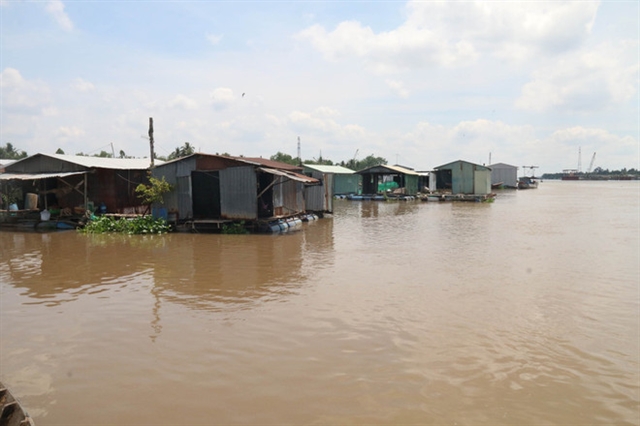 |
| Fish farmed in floating cages in the Tiền River in Thới Sơn Commune in Mỹ Tho City . – VNA/VNS Photo Minh Trí |
TIỀN GIANG — Tiền Giang Province is developing freshwater aquaculture to create jobs and increase people’s incomes.
The Cửu Long (Mekong) Delta province has abundant freshwater from the Tiền River running through it along with many riverine islands, making it suitable for caged aquaculture.
There are more than 1,660 floating fish cages in the Tiền River, mainly in Cái Bè and Cai Lậy districts and Mỹ Tho City.
These cages produce upwards of 12,000 tonnes of fish a year, mostly red tilapia, pomfrets and carps.
Mỹ Tho has a long tradition of breeding fish in floating cages, mostly in riverine islands, and this occupation has helped many households become wealthy.
The city is home to 670 floating fish cages and produces 5,000-6,000 tonnes of fish annually, primarily red tilapia.
Thới Sơn, an island commune in the Tiền River in Mỹ Tho, has developed caged aquaculture in combination with speciality fruit orchards and eco-tourism.
It was recognised as an exemplary new-style rural commune last year, reaching this milestone one year ahead of schedule.
Phan Nhựt Đăng Khoa, a resident of the commune, has many years of experience in caged aquaculture and is breeding fish in 10 floating cages in the Tiền River.
His cages contain red tilapia and several catfish species, which are highly valued.
Though the Tiền has great potential in caged aquaculture to produce valuable fish and other aquatic species, success depends on proper investment and applying scientific and technical knowledge to meet market needs, he said.
Fish prices have remained high since the beginning of this year.
Red tilapia prices have been the highest in the last three years and this species accounts for up to 75 per cent of the province’s caged aquaculture output.
It fetches VNĐ50,000-52,000 (US$1.9-2) per kilogramme, up nearly VNĐ20,000 from the same time last year, offering farmers profits of more than VNĐ8,000 per kilogramme.
The steady and high prices have encouraged many households to expand their cages.
To further support caged aquaculture development, the province Department of Agriculture and Environment has taught farmers advanced breeding techniques and assisted them in accessing soft loans.
A number of fish farms have adopted Vietnamese good agricultural practices (VietGAP) to breed dozens of cages, boosting efficiency and producing high-value quality products.
Modernising aquaculture
Tiền Giang is also investing in coastal aquaculture, applying VietGAP standards and international ones such as GlobalGAP and Aquaculture Stewardship Council (ASC).
It has more than 422ha of coastal aquaculture certified under these standards.
A 350ha clam farming area in Gò Công Đông District has received ASC certification, making it only the fourth clam farming area in Việt Nam and globally to achieve this, creating opportunities to export to fastidious markets like Europe and Japan.
Clam farming is a vital source of employment and income for around 100,000 people in the district’s coastal areas.
Lê Văn Sơn, chairman of the Gò Công Đông People’s Committee, said district authorities are working with the International Collaborating Centre for Aquaculture and Fisheries Sustainability and global charity Oxfam to establish a clam farming zone to Marine Stewardship Council standards.
The province is also developing the farming of blood cockle, oyster, shrimp, and fish in coastal regions.
Local authorities are focused on expanding white-legged shrimp breeding in these areas and using advanced techniques for farming the crustaceans.
The province has nearly 4,900ha of shrimp farms, with intensive farming practised on 3,200ha, with an output of 19,850 tonnes annually, mostly in Tân Phú Đông and Gò Công Đông districts.
Lê Thanh Đằng, deputy chairman of the Tân Phú Đông People’s Committee, said the aquaculture area has been developed locally through the province’s Nam Gò Công Project.
Under the project, many irrigation works have been built to support aquaculture, he said.
The province is developing a variety of aquaculture models such as advanced, ecological and integrated farming models.
To boost productivity and ensure sustainability, local authorities have instructed farmers in advanced methods, such as applying probiotics with bottom aeration and implementing two-stage shrimp farming systems.
They have also cracked down on illegal aquaculture, raised awareness about and encouraged compliance with regulations to support the long-term sustainability of the industry. — VNS

